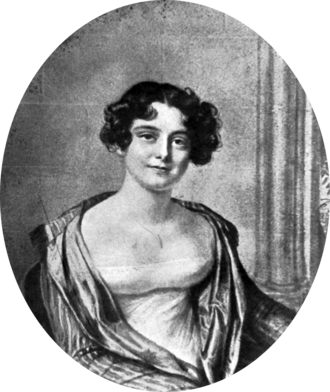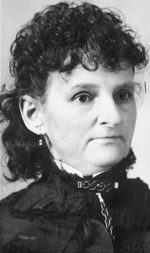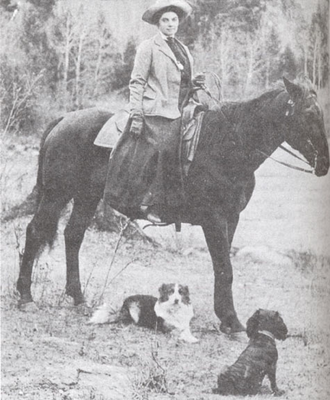A Charming Appendage
As the author of many historical books, both non-fiction and fiction set in British Columbia, plus hundreds of articles all of which have resulted in a great deal of research, it was obvious to me that it was the men folk who invariably made a name for themselves.
Their wives, often only referred to as “the wife of……” or “a charming appendage on their husband’s arm” with their first names rarely even mentioned, were mostly overlooked in the history books.

Lady Amelia Douglas
Some women, such as Victoria’s Lady Amelia Douglas, the wife of Sir James Douglas, preferred it that way. She chose, by her own volition, to stay out of the limelight and merely bask in the glory brought about by her husband. In her husband’s shadow, Lady Amelia devoted her life to a man with whom she shared thirteen children and numerous grandchildren. Her own numerous talents and strengths were rarely mentioned.

Lady Jane Franklin
Others, however, such as Francis Barkley and Lady Jane Franklin, went in a completely different and somewhat extreme direction, and were given more validation. They chose the role of pioneer woman extraordinaire. Barkley was the first known white woman to have ventured to the shores of British Columbia, experiencing many dangers along the way. Lady Jane Franklin, equally adventurous, made it her mission in life to follow in her husband’s footsteps, attempting to prove he was still alive and not lost at sea as was thought to be the case while he was trying to find the Northwest Passage.
And then there were the select few ordinary women who managed to rise above the role of wife. They became known for their own accomplishments and achievements, rather than their beauty as an attractive adornment. In so doing, they became the backbone and foundation of the westernmost province in Canada. Their pioneering spirit and resoluteness made British Columbia what it is today, and they deserve equal praise.

Hannah Maynard

Emily Carr
I refer of course to women such as pioneer photographer Hannah Maynard whose photographs recorded early life in British Columbia, and Jennie Butchart of Butchart Gardens’ fame, who created a wonder from planting seeds in a gravel pit. And then there was renowned Victoria artist Emily Carr who achieved most of her fame after her death in 1945.
Carr was born in Victoria in 1871 to English parents, Richard and Emily, and the family lived on Birdcage Walk, now known as Government Street. Always interested in art from an early age, she moved to San Franciso in 1897 to study at the Art Institute for two years before moving to London in 1899 to continue her studies. Later she taught in Vancouver but admits the students didn’t like her very much because she smoked and swore a lot.
Carr also felt a strong connection and attachment to First Nations people. She visited Ucluelet, the home of the Nuu-cha-multh people (the Nootka) and used her art to document their lives and those of other native peoples in remote villages. Emily Carr also ran a boarding house in Victoria (The House of All Sorts), wrote books, kept a monkey (Woo) as a pet and was thought to be eccentric.
Although her artistic talents were not fully appreciated during her lifetime, shortly before her death she was awarded The Governor’s General Award for her book Klee Wyk. She painted her last work in 1941 and died in 1945 after suffering two heart attacks and a stroke. Today she is remembered as a world-renowned artist.
All these women proved time and again that they were far more than simply “a charming appendage” on the arm of a man. They achieved so much in their own right, and today we honor their pioneering spirit.
For them, and for all pioneering women from the past, I created fictional women of strength and determination in my 4-book series The McBride Chronicles. Each book in the series portrays women who work through incredible odds to find their rightful place in the world. The first three books have already been released with Book Four (Tomorrow) due for release on June 1st.
